Cult audiences are often drawn to the unusual, seeking out films that break away from mainstream cinema. Obscure film genres have emerged over the years, each carving out a niche for fans who appreciate their unique storytelling, style, or shock value. From low-budget horror to experimental foreign films, these genres may not appeal to everyone, but they’ve inspired dedicated followings. Whether it’s the surrealism of Psychotronic films or the gritty realism of Mumblecore, these lesser-known categories offer something different. Their lasting impact on cinema shows that sometimes, it’s the unconventional that captures hearts and minds.
Mumblecore
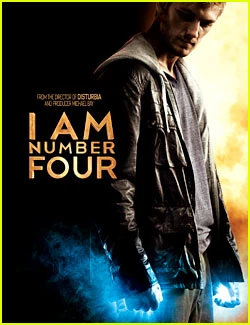
Mumblecore films are known for their naturalistic dialogue and low-budget production. This genre focuses heavily on character development over plot, often depicting the complexities of relationships and self-discovery. Actors in these films frequently improvise, creating a raw and unscripted feel. Though they may seem aimless to some, fans appreciate the realism and relatability. The genre gained traction in the early 2000s, with directors like Joe Swanberg and the Duplass brothers at the forefront. Mumblecore’s minimalist style resonates with viewers seeking authenticity over Hollywood gloss.
Giallo
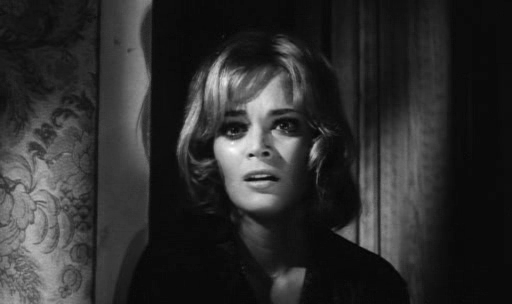
Originating in Italy, Giallo films blend elements of horror, mystery, and crime thrillers. These movies are infamous for their over-the-top violence, striking visual style, and suspenseful storytelling. With a focus on gruesome murders, masked killers, and stylized cinematography, the genre’s appeal lies in its ability to shock and entertain. Directors such as Dario Argento and Mario Bava helped popularize Giallo in the 1960s and ’70s. Despite its niche audience, the genre’s influence can be seen in modern slasher films. Fans are drawn to the mix of artistry and terror that Giallo uniquely offers.
Psychotronic
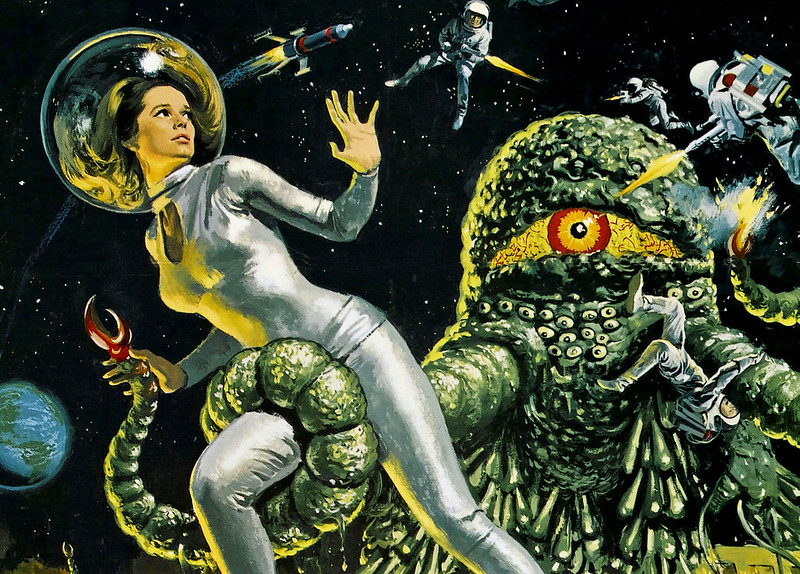
Psychotronic films encompass a wide range of low-budget, bizarre movies often associated with exploitation cinema. These films are known for their strange plots, outrageous characters, and campy special effects. Audiences of this genre tend to appreciate the “so bad, it’s good” charm that defines many psychotronic films. From aliens to mutants, nothing is off-limits in these weird worlds. The genre often includes B-movies, midnight screenings, and underground classics that attract a dedicated following. It’s a celebration of the unconventional and the unapologetically strange.
Spaghetti Western
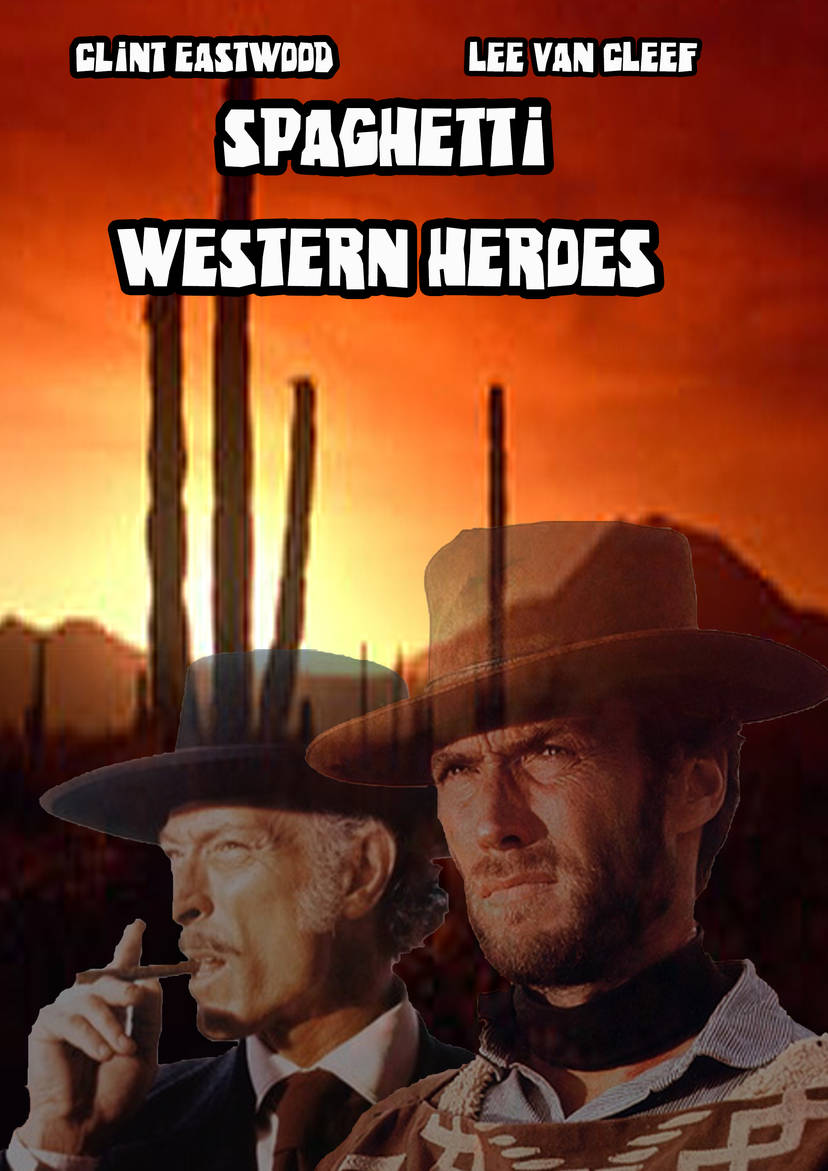
Emerging in the 1960s, Spaghetti Westerns were Italian-made Western films that subverted the traditional American Western formula. These films are characterized by gritty storylines, anti-heroes, and a distinct visual style. Sergio Leone, one of the most famous directors of this genre, created iconic works such as The Good, the Bad and the Ugly. Spaghetti Westerns often featured long, tension-filled standoffs and minimalist dialogue. Fans are drawn to their unique blend of operatic violence and moral ambiguity. The genre’s influence still reverberates in modern cinema, inspiring a generation of filmmakers.
Nunsploitation
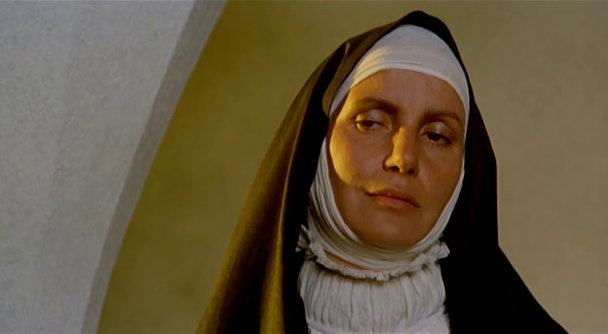
Nunsploitation is a subgenre of exploitation cinema focusing on scandalous stories about nuns, often blending religious imagery with eroticism and horror. These films, largely produced in Europe, gained popularity in the 1970s for their controversial subject matter. Directors exploited the tension between religious chastity and forbidden desires, creating films that both shocked and intrigued audiences. Nunsploitation often portrayed the Catholic Church in a critical or satirical light, drawing attention to issues of repression and sin. While offensive to some, others appreciate the genre’s boldness in tackling taboo subjects. The combination of religious iconography with exploitation themes gives it a distinctive place in cult cinema.
Kaiju
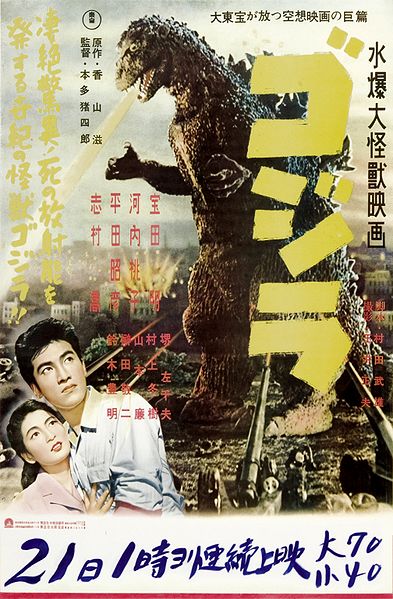
Kaiju films feature giant monsters, with Godzilla being the most iconic. Originating in Japan, these movies typically involve massive creatures battling each other or wreaking havoc on cities. The genre gained widespread popularity in the 1950s and ’60s and continues to have a loyal fanbase worldwide. What draws audiences to Kaiju films is their blend of spectacle, destruction, and occasionally, environmental allegories. The practical effects, often using elaborate miniatures, give these films a unique charm despite their sometimes cheesy execution. Kaiju remains a beloved genre for fans of science fiction and monster movies alike.
J-Horror
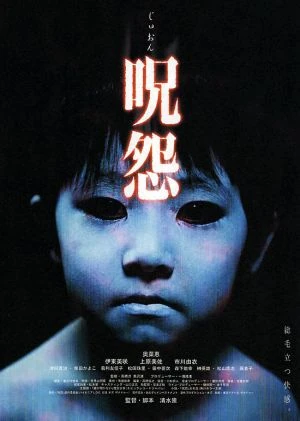
J-Horror, short for Japanese horror, emerged in the 1990s and quickly gained a global following. These films focus on psychological terror, using atmosphere and suggestion rather than overt gore to scare audiences. Stories often involve vengeful spirits or cursed objects, drawing on traditional Japanese folklore and modern urban legends. Movies like Ringu and Ju-on: The Grudge became international hits, solidifying the genre’s appeal. Fans of J-Horror appreciate its ability to build slow, creeping dread, creating lasting fear. Its influence can be seen in horror films worldwide, especially in the psychological horror subgenre.
Z Movies
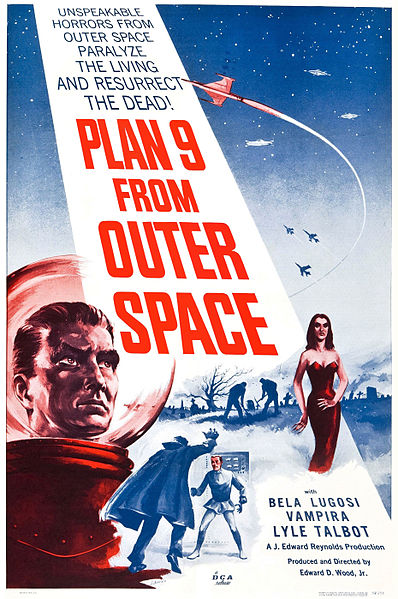
Z Movies are ultra-low-budget productions, often considered a step below B-movies in terms of quality and production value. These films typically feature amateur acting, rudimentary special effects, and nonsensical plots. However, their raw, unpolished nature attracts a cult following that appreciates the sheer audacity and creativity behind such projects. Many Z Movies are so bizarre they defy traditional critique, falling into the “so bad it’s good” category. Directors like Ed Wood became iconic within this genre, creating works like Plan 9 from Outer Space. Fans are drawn to the charm of these films’ imperfections, celebrating their earnestness and ambition despite limited resources.
Slashers

Slasher films became iconic in the 1970s and ’80s, with a focus on masked killers stalking and murdering unsuspecting victims. Unlike other horror genres, slashers emphasize gore and creative kills, often involving young adults in isolated settings. Films like Halloween and Friday the 13th popularized the genre, leading to numerous sequels and spin-offs. Despite often formulaic plots, these films have attracted a loyal fanbase due to their relentless suspense and shocking twists. The genre has become synonymous with teen horror, offering both scares and a form of cathartic release for audiences. Many appreciate the slasher’s ability to push the boundaries of horror and gore.
German Expressionism
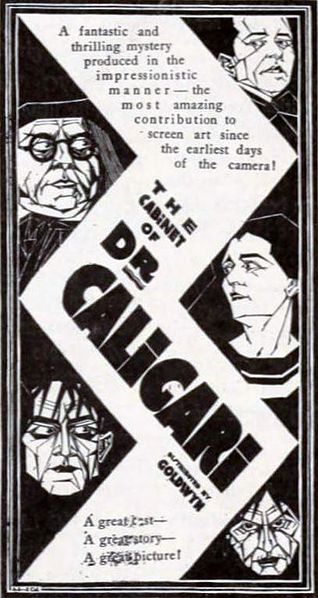
German Expressionism is an early film movement that began in the 1920s, characterized by its dramatic lighting, distorted sets, and exaggerated performances. Films like The Cabinet of Dr. Caligari and Nosferatu are classic examples of this genre, using surreal imagery to explore dark, psychological themes. The genre’s unsettling visual style heavily influenced horror and film noir, with its use of shadows and angular designs creating an eerie, dreamlike atmosphere. Despite being nearly a century old, German Expressionism continues to captivate film enthusiasts. Its legacy can be seen in countless modern horror and gothic films. Fans admire the genre for its pioneering role in using visual art to convey inner turmoil and existential dread.
Brucesploitation
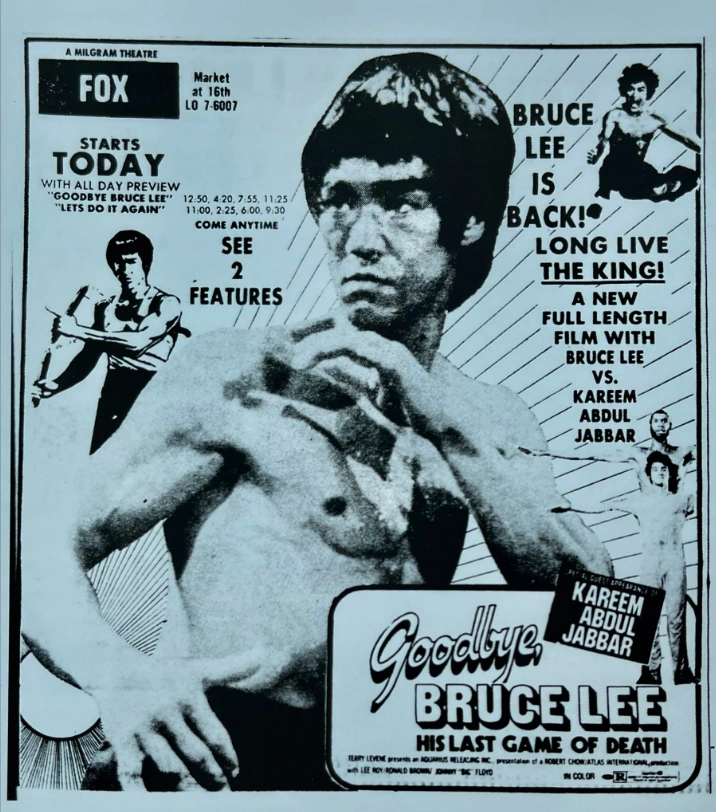
After the death of martial arts icon Bruce Lee, a wave of films known as Brucesploitation emerged, featuring actors who imitated Lee’s fighting style and on-screen persona. These films, made mostly in the 1970s, capitalized on Lee’s global popularity by casting lookalike actors in action-packed, martial arts-heavy plots. While often considered cheap imitations, these films attracted a cult following for their over-the-top action sequences and shameless exploitation of Lee’s image. Directors used the genre to explore themes of revenge, honor, and justice, often with comically exaggerated violence. Despite their questionable ethics, fans of Brucesploitation appreciate the audacity and entertainment value these films provide.
Southern Gothic

Southern Gothic films delve into the dark and eerie aspects of the American South, often featuring decaying mansions, grotesque characters, and themes of madness or moral decay. This genre draws from Southern Gothic literature, with films like Wise Blood and The Night of the Hunter standing out as quintessential examples. The oppressive atmosphere and slow-burning tension in these films create an unsettling experience for viewers. Audiences are captivated by the interplay of Southern traditions and the macabre, which the genre often explores. Characters are frequently haunted by their pasts, which leads to a sense of foreboding throughout. The mix of psychological horror and cultural critique has made Southern Gothic a unique and enduring genre.
Sword and Sorcery
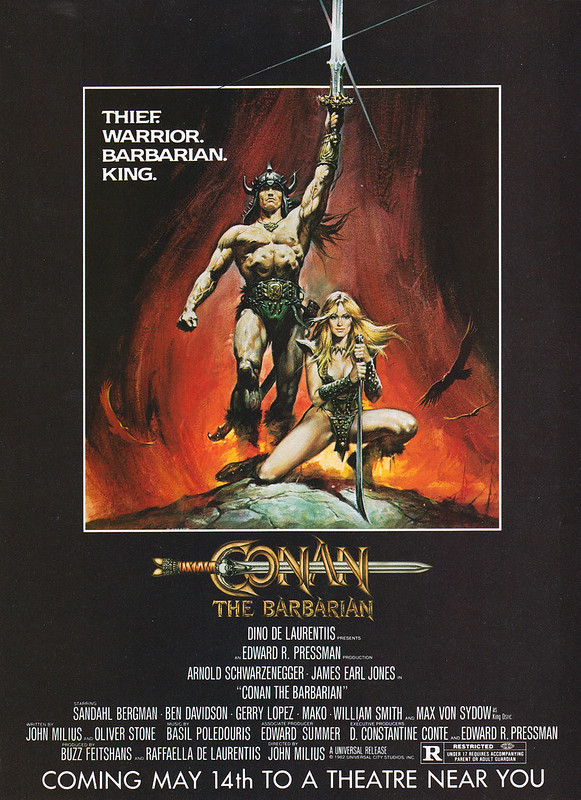
Sword and Sorcery films blend medieval settings with fantasy elements, featuring warriors, wizards, and mythical creatures. These movies, popularized in the 1980s by films like Conan the Barbarian, are known for their epic battles, scantily clad heroes, and magical quests. Unlike high fantasy, which often delves into complex political systems and lore, Sword and Sorcery focuses on action and adventure. Audiences enjoy the escapism these films provide, offering a world where might makes right, and dark forces must be conquered. The genre appeals to fans of fantasy and action alike. Its mix of mythic heroism and thrilling combat keeps viewers coming back for more.
Troma

Troma films are low-budget, independent movies produced by Troma Entertainment, known for their outrageous plots, gory effects, and dark humor. Founded by Lloyd Kaufman, the studio became famous for cult classics like The Toxic Avenger and Class of Nuke ‘Em High. Troma films embrace their low-budget roots, often using shock value and satire to entertain audiences. The genre revels in campy absurdity, mixing horror, comedy, and social commentary in equal parts. Fans appreciate the DIY ethos and rebellious spirit that permeates Troma productions. Despite—or perhaps because of—their crude nature, Troma films have earned a dedicated cult following.
Sword and Sandal
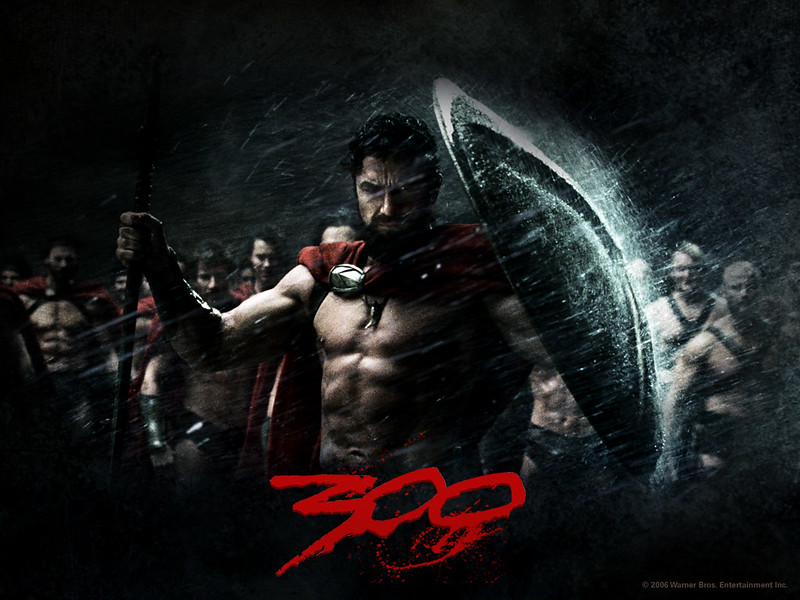
Sword and Sandal films, also known as Peplum films, are historical epics set in the ancient world, often featuring gladiators, mythological heroes, and biblical figures. Originating in Italy during the 1950s and ’60s, these films often focus on themes of honor, revenge, and the struggle for freedom. Audiences are drawn to the larger-than-life characters and epic battles that define the genre. While the genre faded in popularity, its influence can be seen in modern blockbusters like Gladiator and 300. Fans enjoy the escapism these films offer, immersing them in a world of ancient gods and legendary warriors. The genre’s sweeping visuals and dramatic storytelling continue to attract audiences today.
This article originally appeared on Rarest.org.
More From Rarest.Org
Indie games often fly under the radar, but they offer some of the most unique and enjoyable experiences in gaming. These hidden gems bring fresh ideas, creative gameplay mechanics, and captivating stories that rival bigger titles. Read more.



